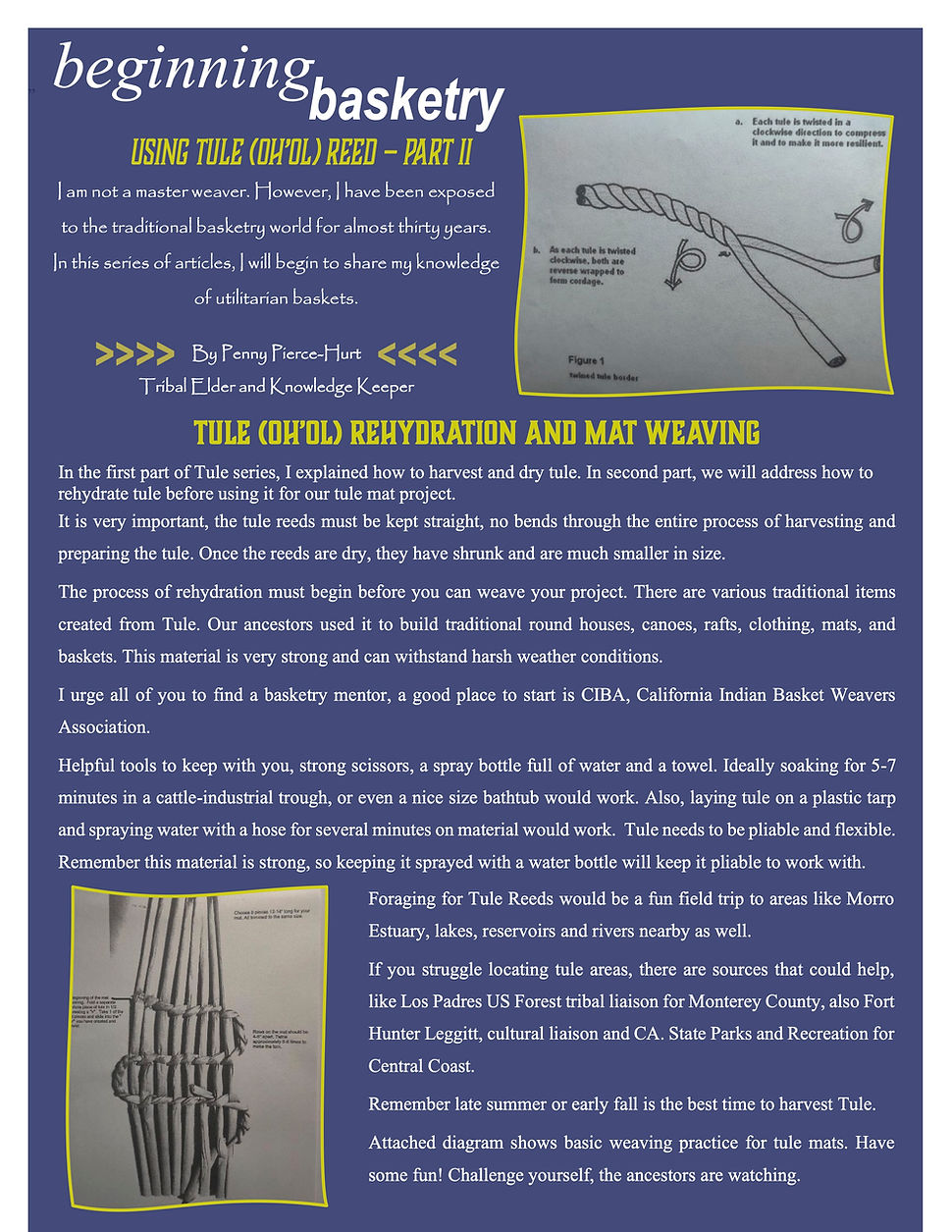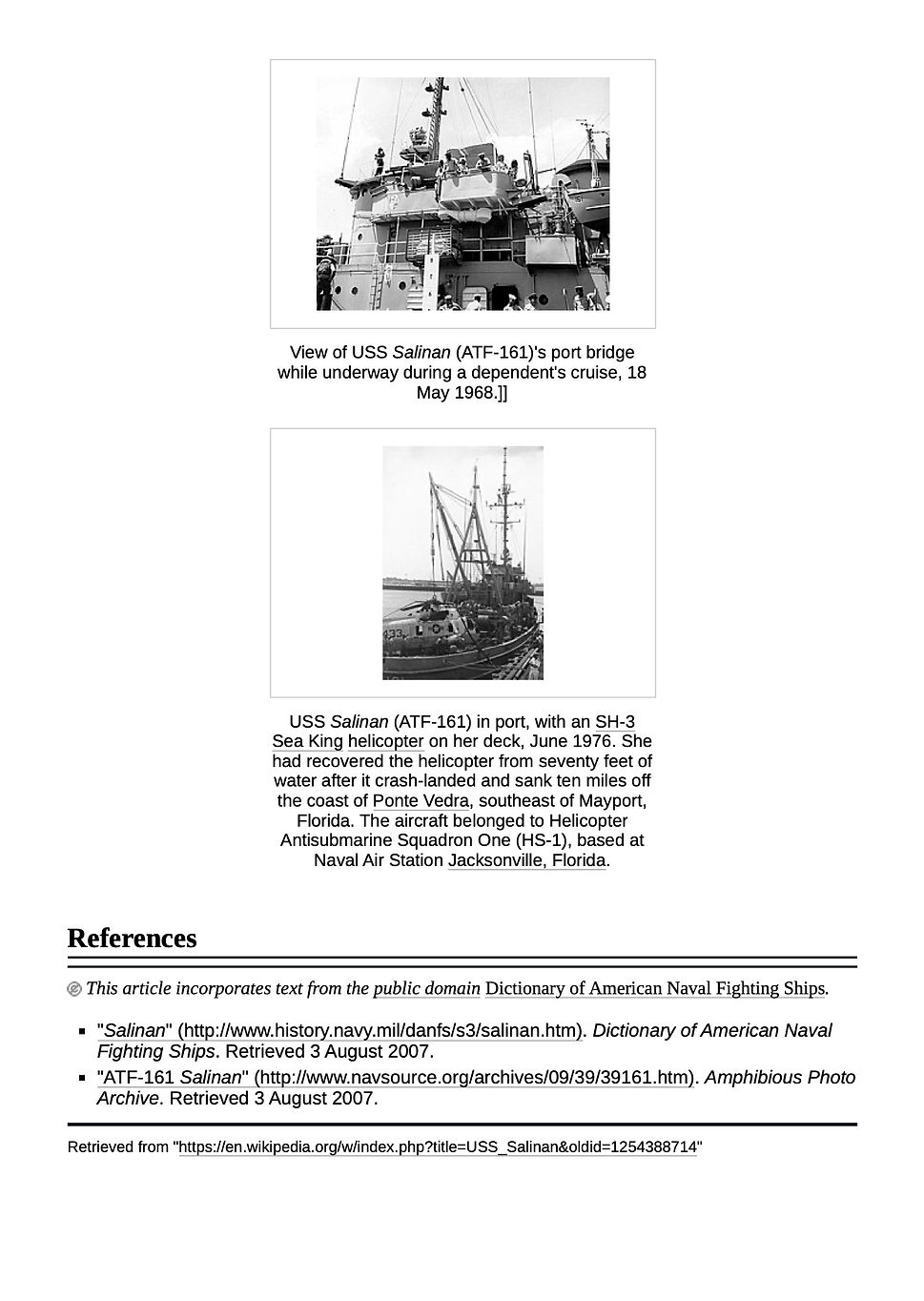
Xolon Salinan Language - Linguist References
Akii’sh (Greetings)
The Salinan language is recognized as one of the oldest Indigenous languages of California’s Central Coast. Researching this ancient cultural language and its role in the lives of the Xolon Salinan ancestors requires patience, dedication, and care. Unfortunately, no Salinan language textbooks currently exist as reference materials. However, the work of past and present academics provides valuable resources. Many of these linguists and scholars devoted their careers to studying this ancient tongue, and some had the rare opportunity to learn directly from our ancestors, hearing the language in its natural state.
Research can be a tricky road. The past academics had to gain trust with the ancestors for them to share vital information. Our ancestors were not trusting of outside white men asking questions. Listening, observing and respecting what the ancestors shared was vital.
There is not just one expert that has all the answers; several experts may point to the same conclusion. Our oral histories do play a primary part in substantiating these conclusions.
There are two primary language dialects, Antoniano and Migueliano dialects. The names represent our ancestors living within areas-regions of San Antonio Mission and San Miguel Mission. There could be more dialects but for now we shall focus on these two primary dialects.
Here is a brief list of academics that can give you some direction pertaining to the Salinan language.
Buenaventura Sitjar (1739-1808) Franciscan Missionary. Mastered the “Telame & Sextapay” language at Mission San Antonio. Take note, the two names above could be references pertaining to our peoples, villages also known of rancherias within the region of San Antonio Mission. Sitjar compiled a vocabulary of the Salinan language with the Spanish explanations published in 1861. The book, Vocabulary of the Language of San Antonio Mission, is retained at the Library of Congress. Online you can view through babel-hathitrust.org, Shea’s Library of American Linguistics VII. Translation from Spanish would be needed.
Alexander Taylor (1817-1876) News Reporter. The Indianology of California is a compiled reprint from a series of 151 newsprint articles originally published between 1860 and 1863 by the California Farmer Journal of Useful Sciences. Much of Taylor’s writing was original work that he transcribed from his personal research, his large collection of Franciscan documents, and from interviews with Native Americans. Also includes reports on the history, languages, and customs of many native people of California. The two-volume books can be purchased at Amazon and other bookstores online.
Alphonse Pinart (1852-1911) French Scholar, Linguist, Ethnographer, and Specialist on the American Continent. During many of his excursions, Pinart did some language studies at Mission San Antonio. Pinart’s vocabulary on the Salinan and Esselen is online. Pinart refers to the San Antonio Indians as the “Totaluio”, also a probable village name within the region.
Henry Weatherbee Henshaw (1850-1930) American Ornithologist, Ethnographer. Worked for the US Bureau of Ethnology. Henshaw came out to the west in 1872 and worked on field expeditions and US Geological Surveys. Henshaw also worked on linguistics and anthropology, eventually compiling two-volume books titled Handbook of Native American Indians North of Mexico. He also did field study at Mission San Antonio in September 28, 1884. There are few field notes online of his visit to the mission. There are some books available online of his other works. Refer to the Smithsonian for further research.
Zephyrin Engelhardt (1851-1934) Missionary Historian. After 1900 Engelhardt devoted his life to travel and documenting the California Mission histories. He wrote 16 volumes; there are several online that can be purchased through Amazon. He also wrote Mission San Antonio de Padua Herbs. Knowledge of medicinal use came from our Xolon Salinan Ancestors.
Clinton Hart Merriam (1855-1942) American Zoologist, Ornithologist, Ethnographer. Held many other academic titles. He took many trips to western North America to research and catalog his findings. He came to rely on the “Local Indigenous People” for valuable information. Through these inquires, Merriam tried to learn the native languages to communicate. With Merriam's findings and the assistance with the indigenous people, he was an advocate for the California Tribes. Not all of his work is published. Refer to the Smithsonian for further information.
Alfred Kroeber (1876-1960) American Cultural Anthropologist. Professor appointed to the Department of Anthropology at University of California (UC), Berkeley. Also served as Director of Anthropology at UC Berkeley. His reference book is Handbook of the Indians of California.
John Peabody Harrington (1884-1961) American Linguist, Ethnographer/Field Ethnologist, Specialist in Indigenous People of California. Harrington did massive amounts of field studies. Unfortunately nothing is published but information can be reviewed through the Smithsonian and the National Archives. Harrington came out a few times to work with the Salinan ancestors and collect our native language, documenting other important geographical areas of our territory.
John Alden Mason (1885-1967) American Archaeologist, Ornithologist, Linguist. Mason received his Doctorate Degree in 1911 at UC Berkeley. His dissertation was an ethnographic study of the Salinan Amerindian ethnic group of California. He visited San Antonio Mission in 1910. Reference books that can be purchased are The Language of the Salinan Indians and The Ethnology of the Salinan Indians.
Robert Heizer (1915-1979) Archeologist. Conducted extensive field work in California, the South West and the Great Basin. Heizer earned his Doctorate Degree at UC Berkeley under Kroeber. Book reference is The California Indians.
William Bright (1928-2006) Bright earned his Doctorate in Linguistics at UC Berkeley in 1955. He was also linguistic professor at UCLA from 1959 to 1988. Bright also learned many California Native languages. Field notes of his work performed with Xolon Salinan ancestors in 1954, Joe Mora and Soila Lugo a Migueliano (interpreter), are online.
William H. Jacobsen (1931-2014) Linguist, Harvard Graduate. Received his Doctorate Degree in 1964 at UC Berkeley and was Professor of Linguistics at UC Nevada. William was fluent in many languages but a specialist in many Native American languages, including the Salinan. Jacobsen's field notes in 1955 and recordings are online and held within Xolon Library, of ancestors of Elario Quintana, Dave Mora and Dolores Encinales.
David Shaul (1952-Present) Linguist. Received his Doctorate at UC Berkeley. Has studied many ancient languages, including Salinan, Esselen, and two forms of Uto-Aztecan language. Published author of Salinan Language Studies and Salinan and English Lexicon. Shaul created a Salinan Dictionary and Database of the words and language. He collected and compiled past UC Berkeley Linguists studies from the Salinan ancestors. Shaul references Pinart-Sitjar work within the Salinan Dictionary. You can purchase his books online.
Other References
Smithsonian, Bancroft Library, Library of Congress, National Archives
The late Katherine Turner – 1987 Dissertation, "Aspects of Salinan Grammar." Doctoral Degree Conferred, UC Berkeley.
We hope these references will give further insight towards studying the language of the Ancient Salinan People.
Karen R. White, Council Chair
Xolon Salinan Tribe












